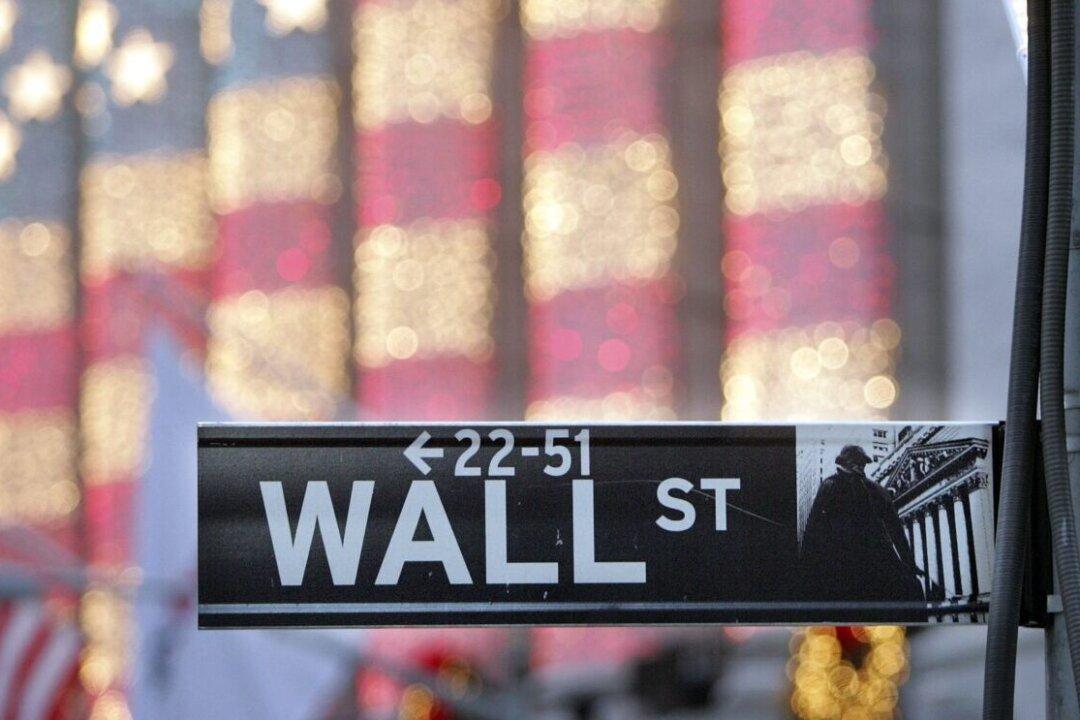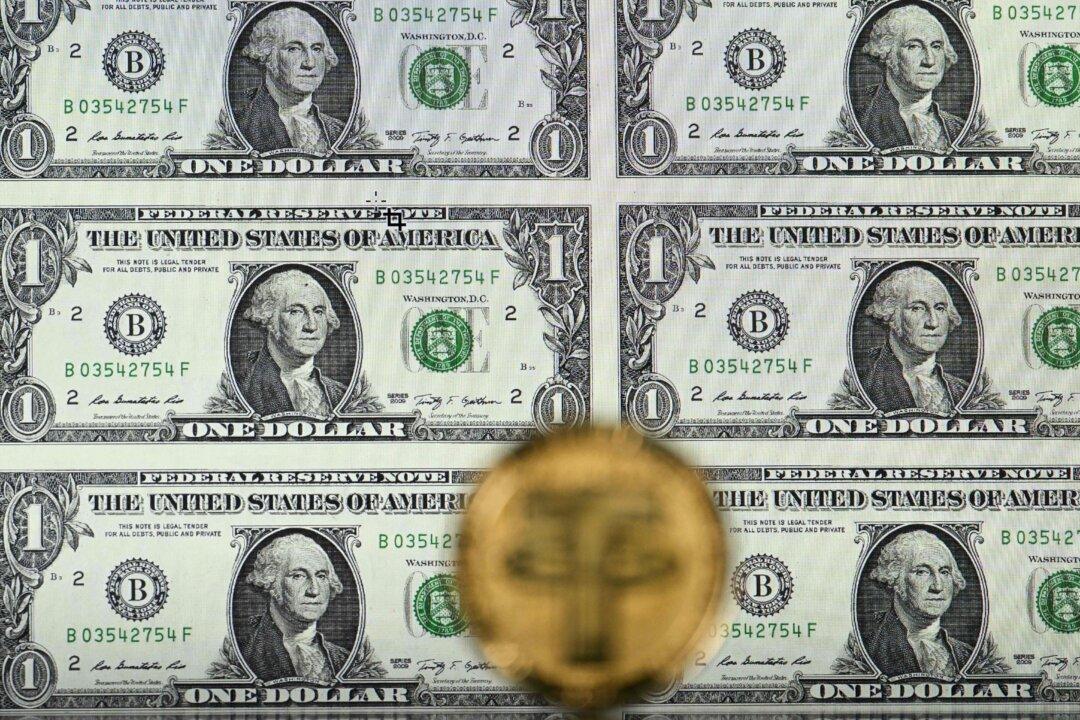Each day, Benzinga will take a look back at a notable market-related moment that happened on this date.
What Happened?
On Jan. 12, 1896, the Dow Jones Industrial Average broke 100 for the first time.What Else Was Going On in the World?
In 1906, a massive earthquake in San Francisco killed as many as 3,000 people and destroyed more than 80 percent of the city. The Pure Food and Drug Act was passed by Congress, banning the “manufacture, sale, or transportation of adulterated or misbranded or poisonous or deleterious foods, drugs, medicines, and liquors.” The average life expectancy for U.S. males was 46.9 years.Breaking 100
It took the Dow just shy of 10 years from its inception in 1896 to hit the 100 mark for the first time.The index’s creator, Charles Dow, first began calculating stock averages in 1884, accounting for nine railroad stocks and two industrial companies. His index of pure industrial stocks was first published on May 26, 1896.





